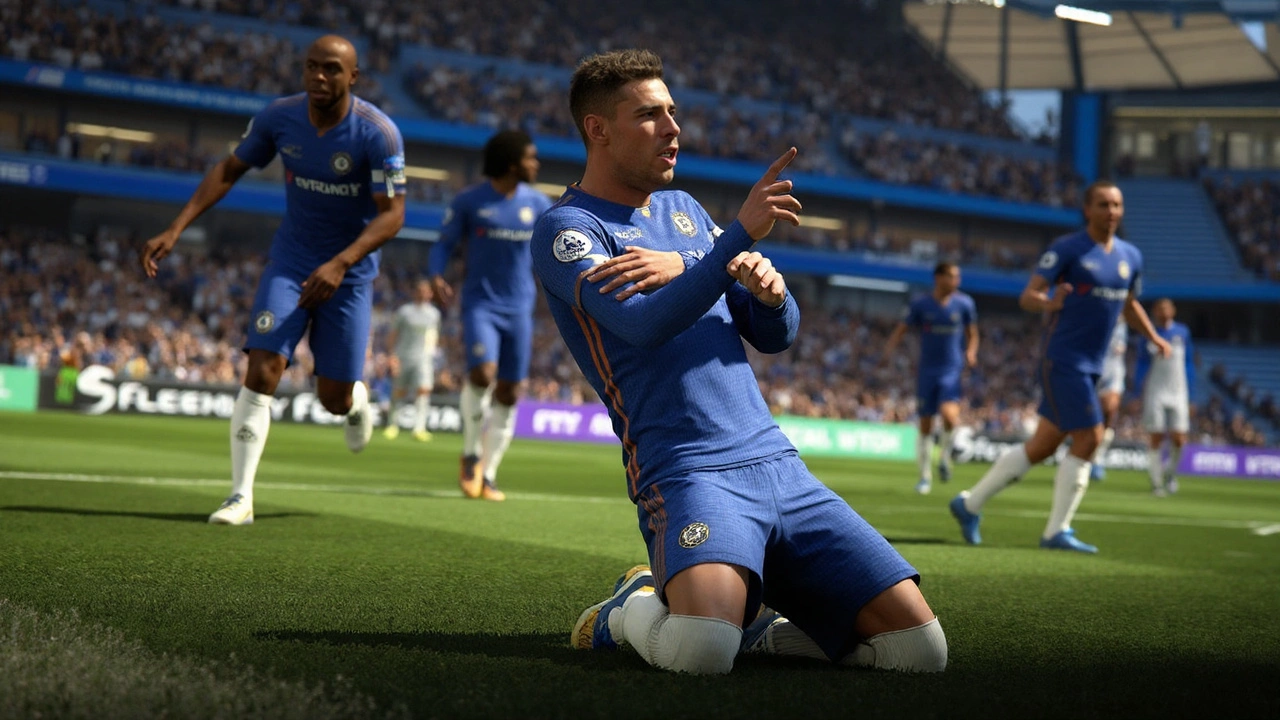What Is Input Delay and Why It Bugs Your Game
Ever pressed a button and felt the action happen a beat later? That lag between your press and what you see on screen is called input delay, or input lag. In fast‑paced games it can mean the difference between winning and losing, so knowing what causes it and how to shrink it is key.
Common Sources of Input Delay
First, let’s break down where the delay can creep in. The biggest culprits are the display, the controller, and the game console or PC itself. A TV with heavy post‑processing will add a few milliseconds before the image shows up. Wireless controllers often introduce a tiny pause, especially if the battery is low. And on the computer side, a low frame rate or a graphics setting that overloads the GPU can make your inputs feel sluggish.
Another sneaky source is the software stack. Some games buffer inputs to smooth out network jitter, which is smart online but adds a little lag for local play. Also, if you’re using a monitor with a high response time, the pixels take longer to change, making the action look delayed.
Quick Fixes to Cut Input Lag
Good news: most of the delay can be tackled with a few easy tweaks. Start by turning off any “enhancement” or “motion smoothing” modes on your TV or monitor—these are designed for movies, not gaming, and they often add 30‑50 ms of lag. Switch to the game’s native resolution and a low input‑lag mode if your display offers one.
Next, check your controller. If you’re on a console, try a wired connection; a direct USB link removes the wireless handshake delay. For PCs, make sure the drivers are up‑to‑date and consider a high‑quality Bluetooth dongle if you must go wireless.
On the computer side, aim for at least 60 fps. Lowering graphics settings like shadows or anti‑aliasing can boost frame rates and therefore reduce input delay. Enabling V‑Sync can actually add lag, so turn it off unless you’re battling screen tearing.
Finally, if you’re playing online, a stable internet connection is a must. Packet loss and high ping can feel like input lag because the game has to wait for data before it registers your move.
By tackling each of these areas—display settings, controller type, graphics performance, and network stability—you can shave off most of the unwanted delay and enjoy a tighter, more responsive gaming experience.

EA Sports FC 26 Tackles Input Delay: Developers Go Door-to-Door for Real-World Testing
EA Sports took a hands-on approach to fight input delay in FC 26, visiting players' homes to diagnose connection and display problems. Over half still use Wi-Fi, and TV settings add crucial milliseconds. New animations and tech tips aim to bring gamers smoother, more responsive gameplay both online and offline.
View more